VIMS in Antarctica 2023
Learn about our research in the Southern Ocean
Learn about our research in the Southern Ocean
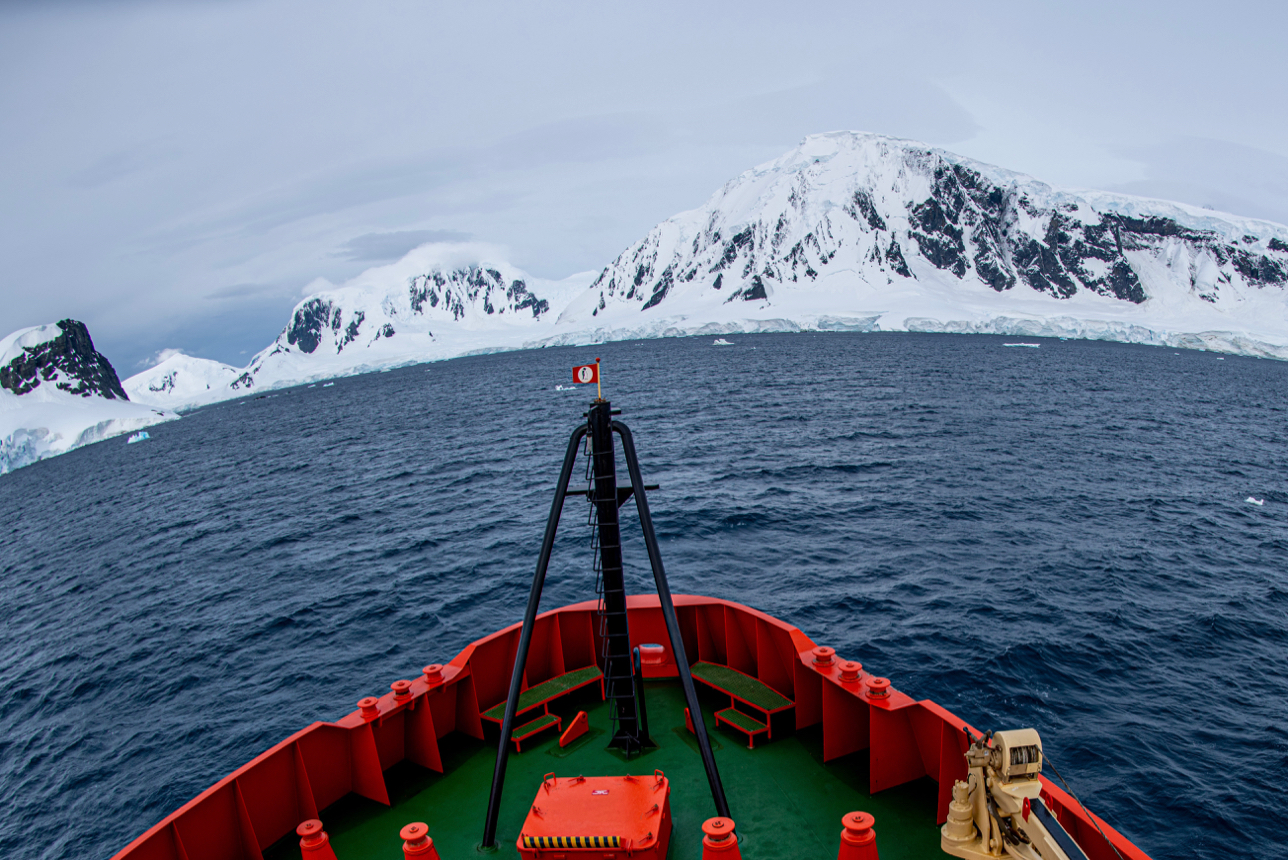
Antarctica is a land of superlatives—the world's coldest, windiest, highest, and driest landmass. It's also home base for oceanographic research in the surrounding Southern Ocean by faculty, staff, and students at the Virginia Institute of Marine Science. Photo by Andrew Corso/VIMS (CC BY-NC-ND 4.0).
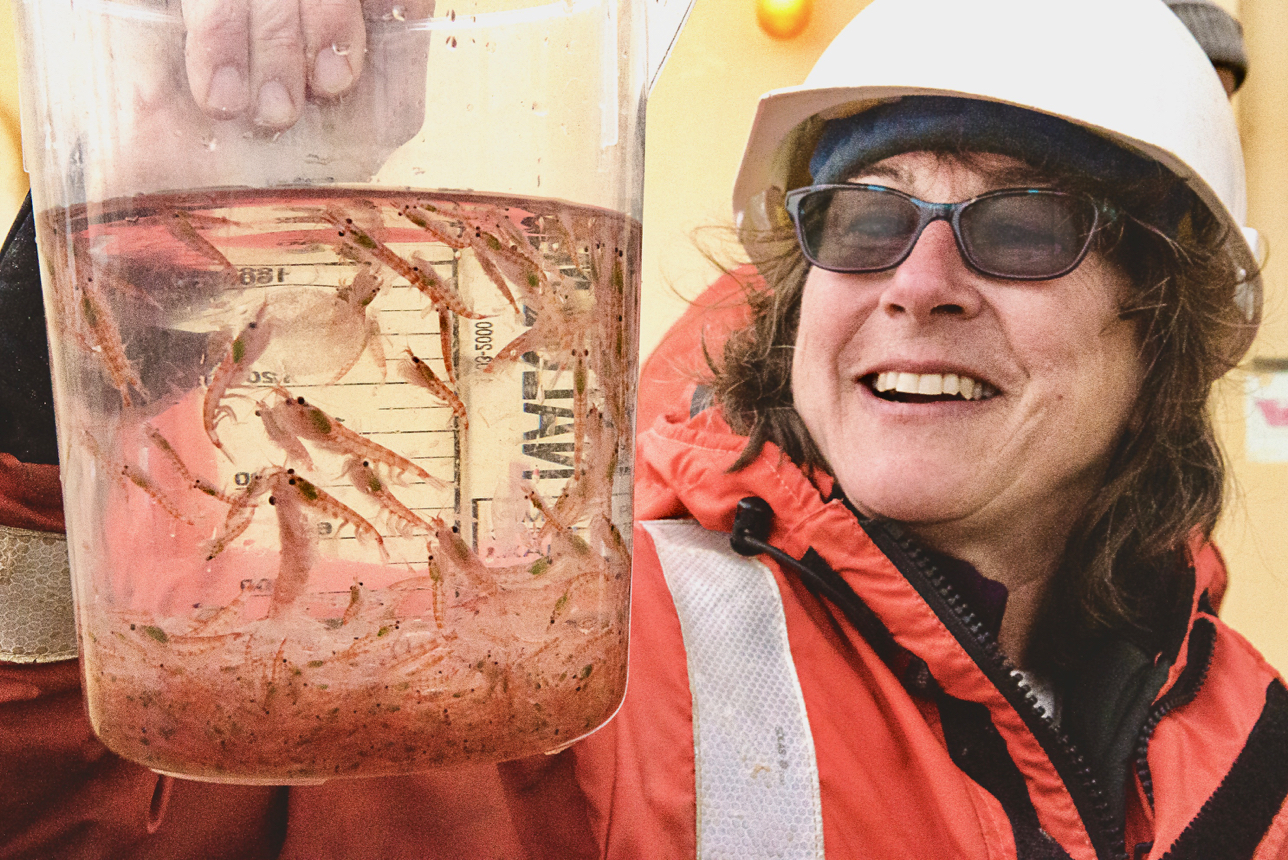
VIMS professor Deborah Steinberg leads VIMS' involvement in the Long-Term Ecological Research program at the U.S. Palmer Station on the Antarctic Peninsula. Her team's work is funded through the National Science Foundation's Office of Polar Programs.
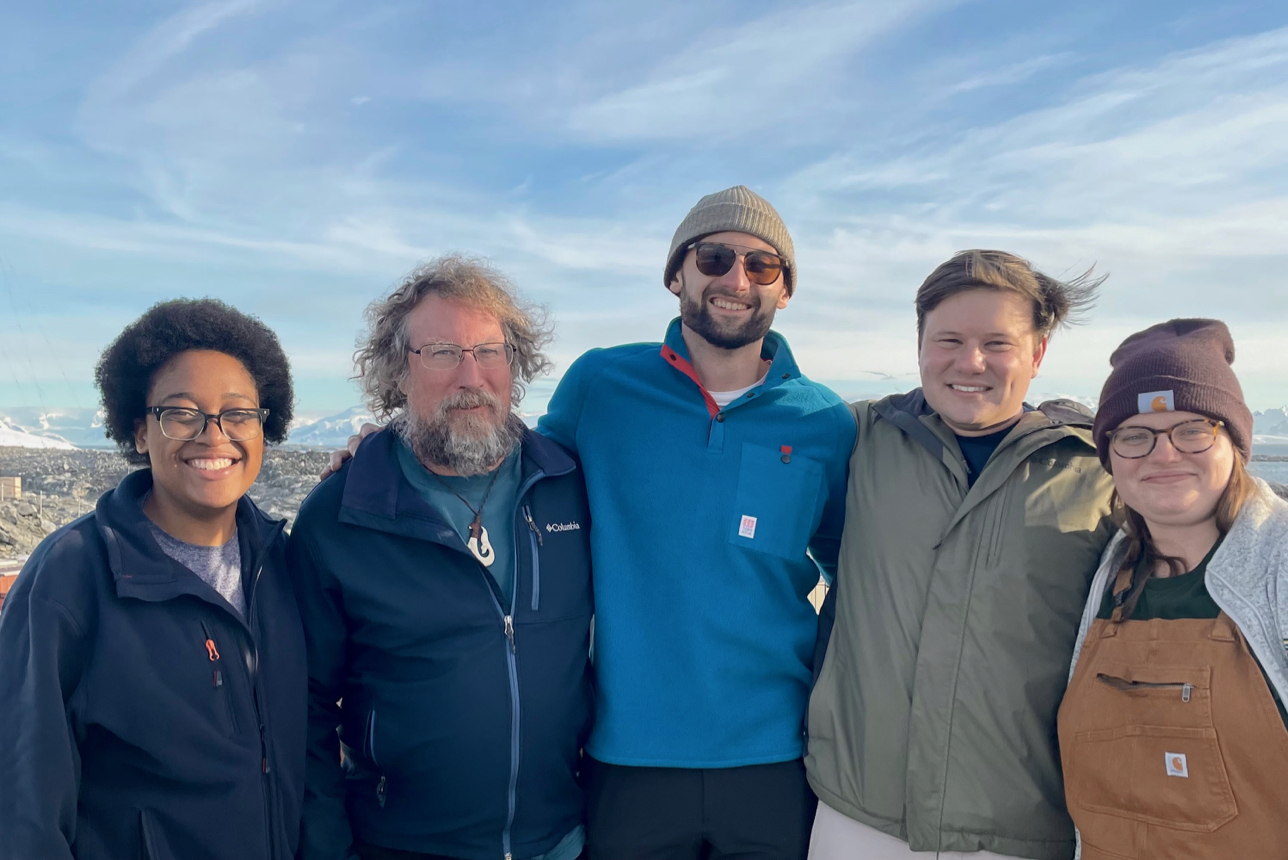
Steinberg's 2023 PAL-LTER crew—from L: PhD student Maya Thomas, technician Joe Cope, PhD students Andrew Corso and Tor Mowatt-Larssen, and W&M undergraduate Meredith Nolan—are currently working down under. The team's goal is continued study of Antarctica's coastal waters and marine life to help better understand, conserve, and manage the polar ecosystem—and to shed light on Virginia's possible climate-change future. Photo by Addie Knight, University of Alabama at Birmingham (CC BY-NC-ND 4.0).
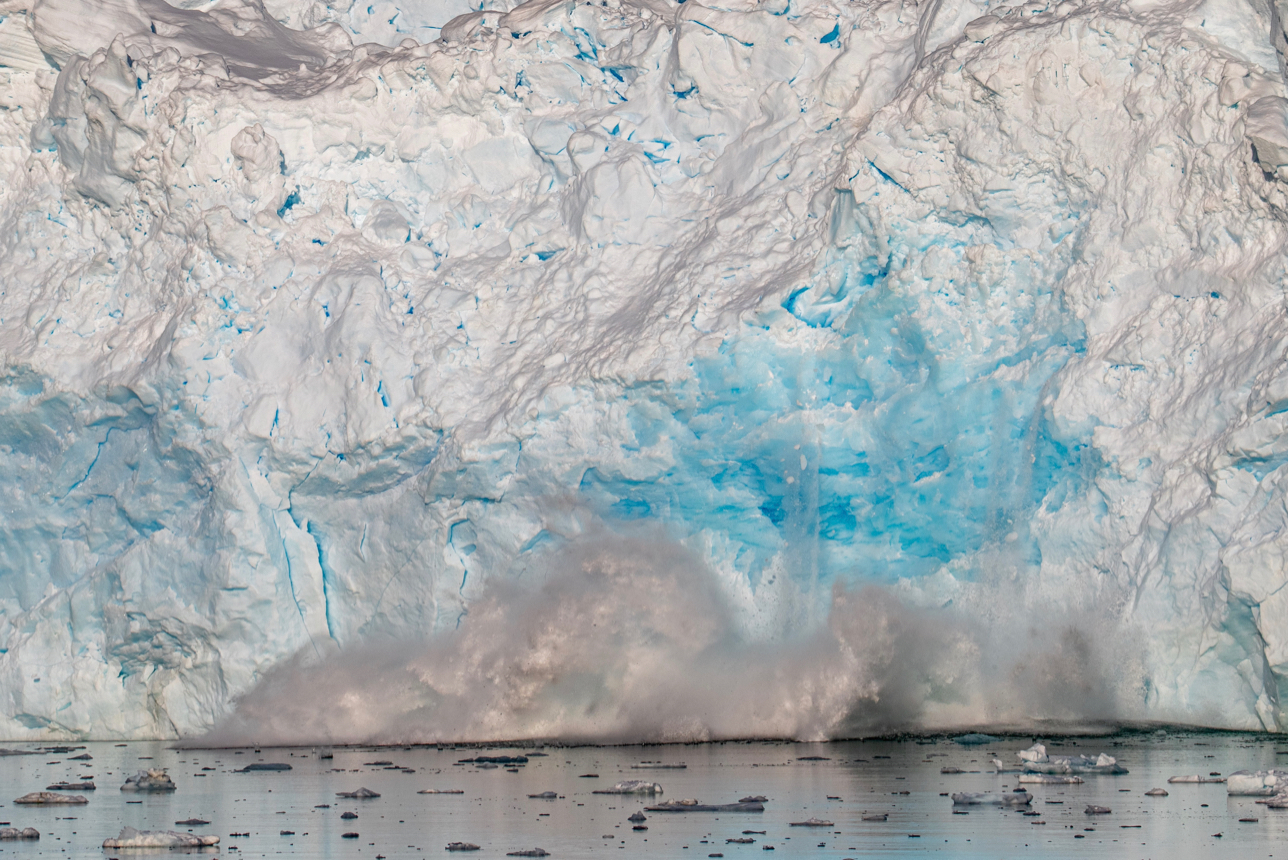
Annual winter temperatures along the West Antarctic Peninsula have increased by 11°F during the last 50 years, 5 times the global average. Here a local glacier calves ice into the Southern Ocean. Photo by Andrew Corso/VIMS (CC BY-NC-ND 4.0).

Steinberg's team studies how the region's rapid warming impacts zooplankton—small drifting animals such as krill that play a key role in marine food webs. They are particularly interested in how warming might change the species of zooplankton that dominate these waters, and how such changes will affect the "biological pump"—a process that moves carbon dioxide from the atmosphere to the deep sea, where it contributes nothing to global warming. Photo by Andrew Corso/VIMS (CC BY-NC-ND 4.0).

By feeding on phytoplankton at the base of the marine food web, krill and other zooplankton help channel energy to iconic higher-level Antarctic predators such as penguins, fish, and whales. Photo by Andrew Corso/VIMS (CC BY-NC-ND 4.0).
Discover the tools and techniques VIMS researchers use to study zooplankton as part of the Palmer Long-Term Ecological Research Program along the western edge of the Antarctic Peninsula.
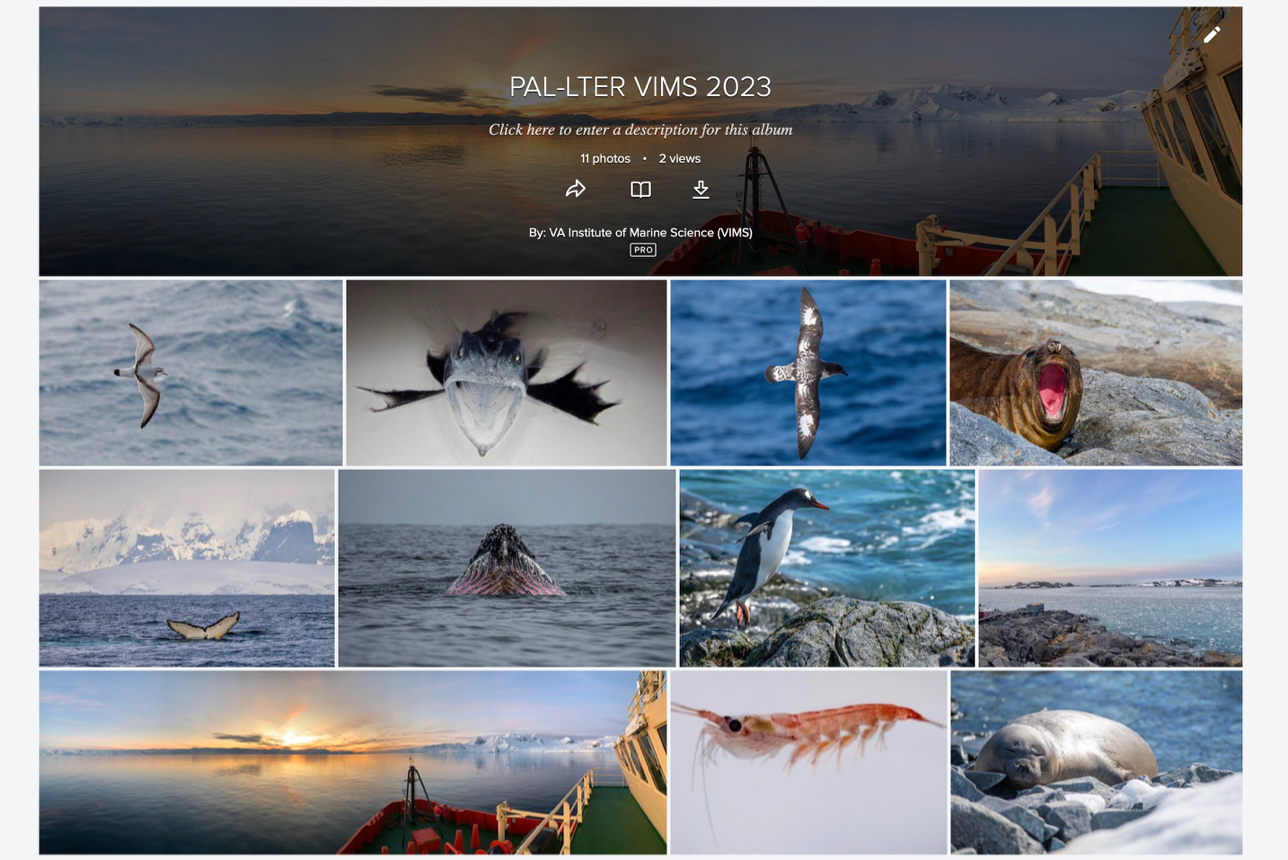
Visit our photo gallery to view photos from VIMS' 2023 PAL-LTER field season in Antarctica.